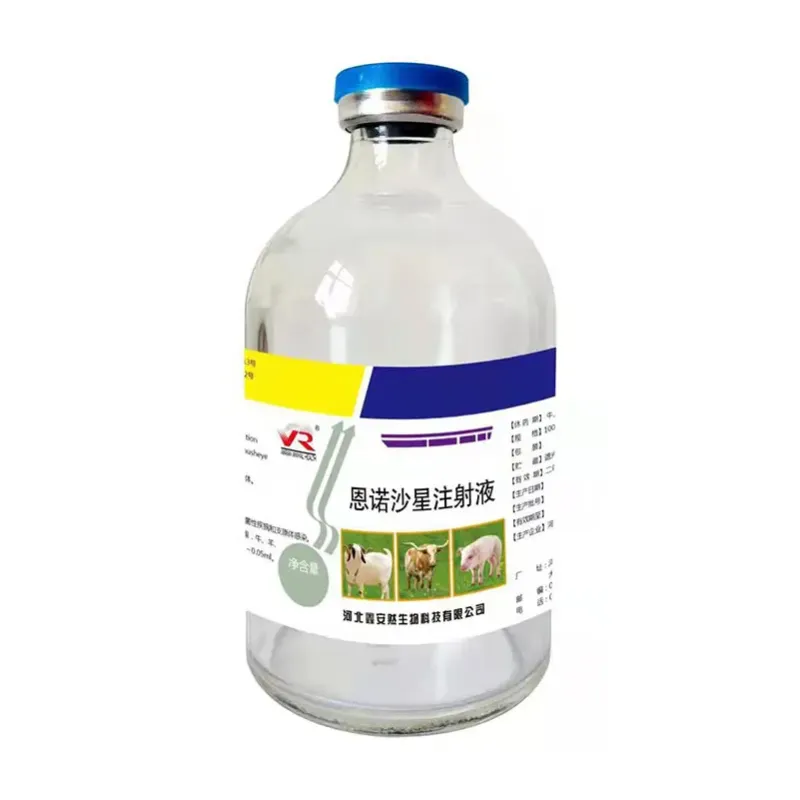- Afrikaans
- Albanian
- Amharic
- Arabic
- Armenian
- Azerbaijani
- Basque
- Belarusian
- Bengali
- Bosnian
- Bulgarian
- Catalan
- Cebuano
- Corsican
- Croatian
- Czech
- Danish
- Dutch
- English
- Esperanto
- Estonian
- Finnish
- French
- Frisian
- Galician
- Georgian
- German
- Greek
- Gujarati
- Haitian Creole
- hausa
- hawaiian
- Hebrew
- Hindi
- Miao
- Hungarian
- Icelandic
- igbo
- Indonesian
- irish
- Italian
- Japanese
- Javanese
- Kannada
- kazakh
- Khmer
- Rwandese
- Korean
- Kurdish
- Kyrgyz
- Lao
- Latin
- Latvian
- Lithuanian
- Luxembourgish
- Macedonian
- Malgashi
- Malay
- Malayalam
- Maltese
- Maori
- Marathi
- Mongolian
- Myanmar
- Nepali
- Norwegian
- Norwegian
- Occitan
- Pashto
- Persian
- Polish
- Portuguese
- Punjabi
- Romanian
- Russian
- Samoan
- Scottish Gaelic
- Serbian
- Sesotho
- Shona
- Sindhi
- Sinhala
- Slovak
- Slovenian
- Somali
- Spanish
- Sundanese
- Swahili
- Swedish
- Tagalog
- Tajik
- Tamil
- Tatar
- Telugu
- Thai
- Turkish
- Turkmen
- Ukrainian
- Urdu
- Uighur
- Uzbek
- Vietnamese
- Welsh
- Bantu
- Yiddish
- Yoruba
- Zulu
11-р сар . 29, 2024 23:22 Back to list
Advancements in Cefquinome Production for Enhanced Antimicrobial Efficacy and Safety
Understanding Cefquinome Generation A Breakthrough in Veterinary Medicine
Cefquinome is a potent fourth-generation cephalosporin antibiotic that has been developed specifically for veterinary use. It was designed to combat a range of bacterial infections in animals, particularly in cattle and swine. Since its introduction, cefquinome generation has brought significant advancements in treating infections, improving animal health, and ultimately enhancing food safety and agricultural productivity.
The Need for Cefquinome
In the veterinary field, the emergence of antibiotic-resistant bacteria poses a substantial challenge for animal healthcare. Traditional antibiotics often lose their effectiveness due to overuse and misuse, creating a pressing need for novel solutions. Cefquinome was developed to address this concern, providing a powerful alternative that targets resistant strains of bacteria while minimizing the risk of further resistance development.
The main strength of cefquinome lies in its broad-spectrum activity. It is effective against a wide variety of Gram-positive and Gram-negative bacteria, including many strains that are commonly implicated in infections of livestock. This versatility makes it an essential tool in ensuring the health and well-being of animals, which in turn has implications for food safety and public health.
Mechanism of Action
Cefquinome, like other cephalosporins, works by inhibiting bacterial cell wall synthesis. The drug binds to specific penicillin-binding proteins (PBPs) located in the bacterial cell membrane, disrupting the process necessary for cell wall formation. This leads to cell lysis and ultimately death of the bacteria. Its design enhances its stability against certain beta-lactamases, enzymes produced by some bacteria to degrade antibiotics, allowing cefquinome to maintain its efficacy in the face of resistance.
Applications in Veterinary Medicine
Cefquinome has been primarily utilized in treating respiratory, skin, and urogenital infections in cattle and pigs. The drug's ability to effectively eradicate common pathogens such as *Escherichia coli*, *Staphylococcus aureus*, and *Pasteurella multocida* has established it as a first-line therapy in many clinical situations. Its administration is typically via intramuscular injection, ensuring rapid absorption and quick action against infections.
cefquinome generation

Moreover, the pharmacokinetic properties of cefquinome enable it to achieve therapeutic concentrations in target tissues, which is crucial for treating systemic infections effectively. Its relatively long half-life allows for once or twice daily dosing, enhancing compliance and ease of use by veterinarians.
Benefits and Impact
The introduction of cefquinome has had several positive impacts on animal health. By effectively treating infections, it helps to reduce morbidity and mortality rates among livestock, leading to improved productivity. Healthier animals not only enhance farm profitability but also contribute to the overall safety of the food supply chain.
From a public health perspective, the judicious use of cefquinome has the potential to reduce the spread of antibiotic resistance by providing a targeted treatment option that minimizes the unnecessary use of broad-spectrum antibiotics. This is particularly important in the context of zoonotic diseases, where pathogens can potentially transfer from animals to humans.
Regulatory Considerations and Future Directions
The use of cefquinome is subject to stringent regulations to ensure its safe application in veterinary medicine. Regulatory bodies have established guidelines to prevent overuse and misuse, which are critical in combating antibiotic resistance. Continuous monitoring of resistance patterns and the development of new formulations are essential for maintaining the effectiveness of cefquinome and similar antibiotics.
Looking forward, the future of cefquinome generation lies in ongoing research and development aimed at enhancing its efficacy and safety profile. Innovations such as combination therapies and alternative delivery systems could further expand its utility in veterinary medicine. Additionally, studies focusing on the pharmacodynamics and resistance mechanisms in targeted bacteria will contribute valuable insights for future antibiotic development.
Conclusion
Cefquinome generation represents a significant advancement in veterinary antibiotics, addressing critical challenges in animal health and food safety. As the field of veterinary medicine continues to evolve, cefquinome stands as a testament to the ongoing commitment to improving animal welfare while safeguarding public health through responsible antibiotic use.
-
Guide to Oxytetracycline Injection
NewsMar.27,2025
-
Guide to Colistin Sulphate
NewsMar.27,2025
-
Gentamicin Sulfate: Uses, Price, And Key Information
NewsMar.27,2025
-
Enrofloxacin Injection: Uses, Price, And Supplier Information
NewsMar.27,2025
-
Dexamethasone Sodium Phosphate Injection: Uses, Price, And Key Information
NewsMar.27,2025
-
Albendazole Tablet: Uses, Dosage, Cost, And Key Information
NewsMar.27,2025













